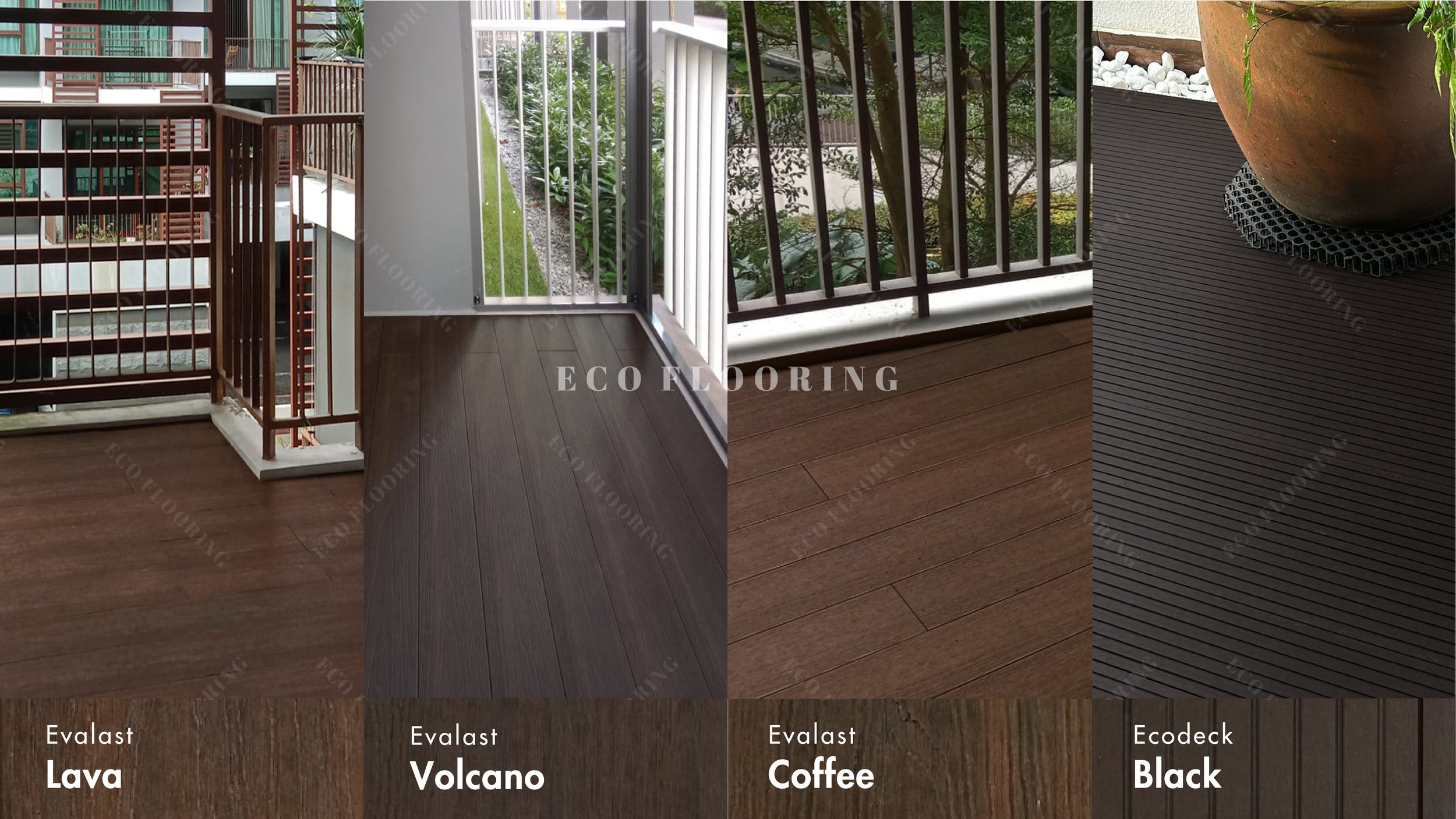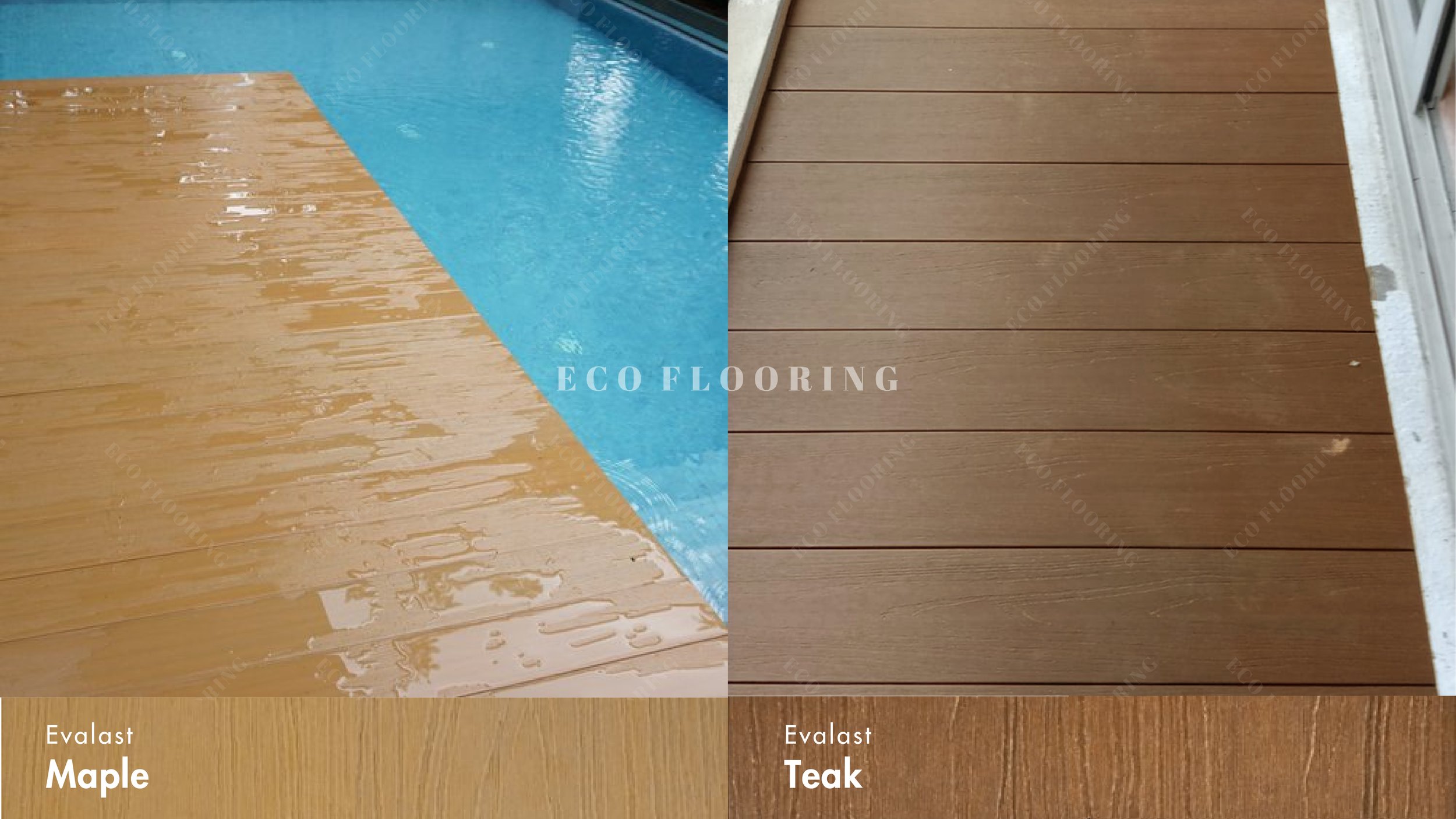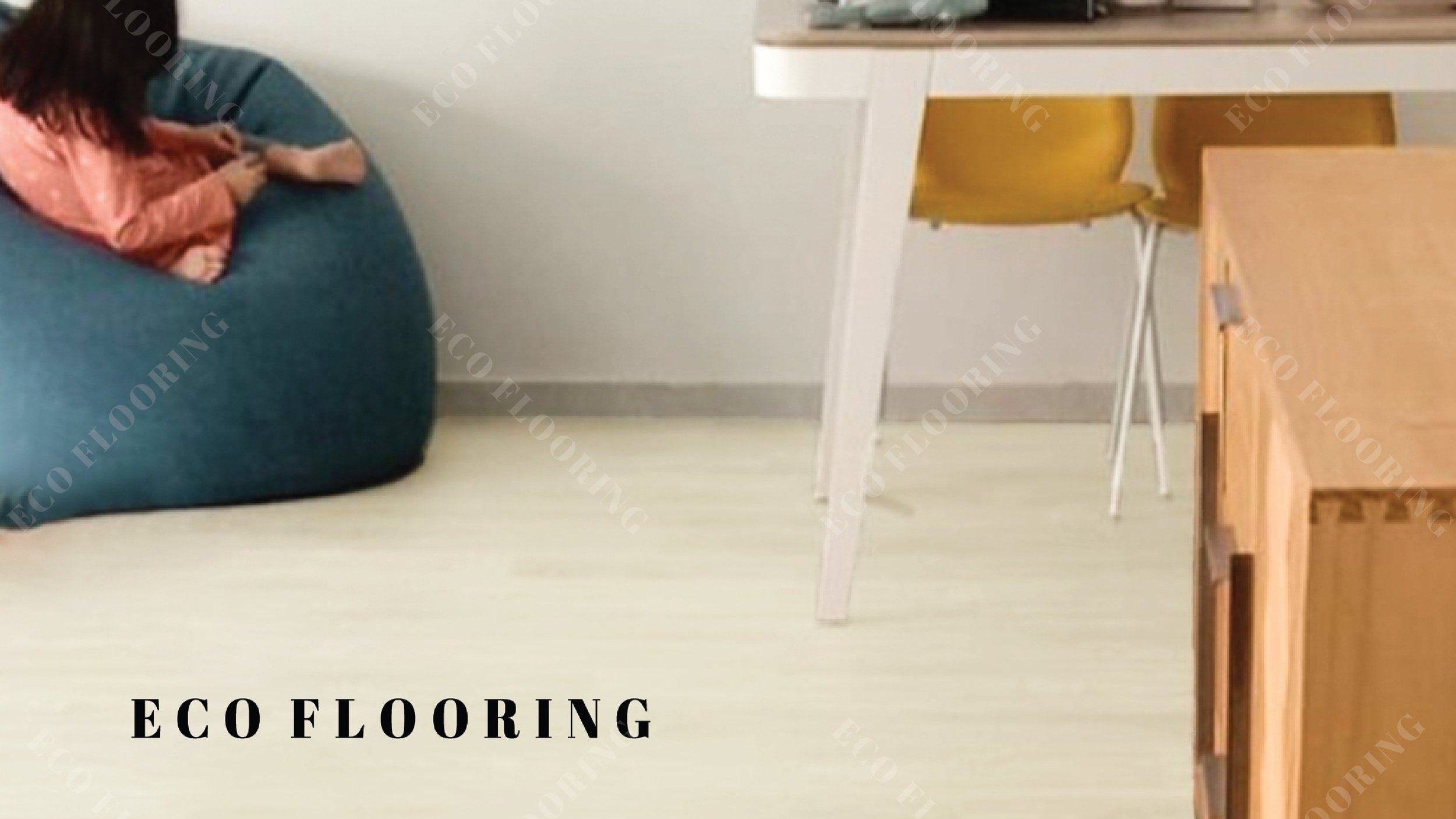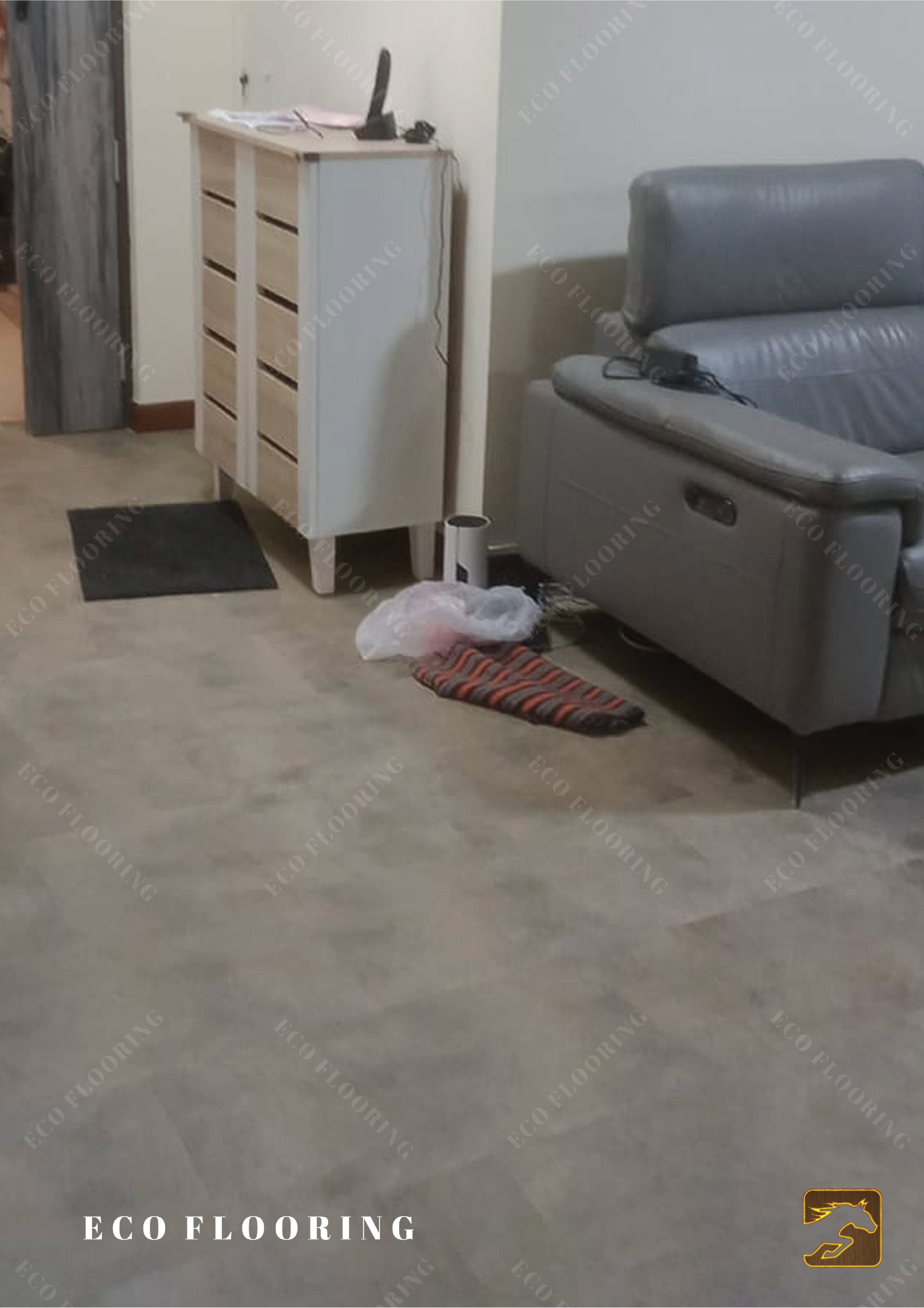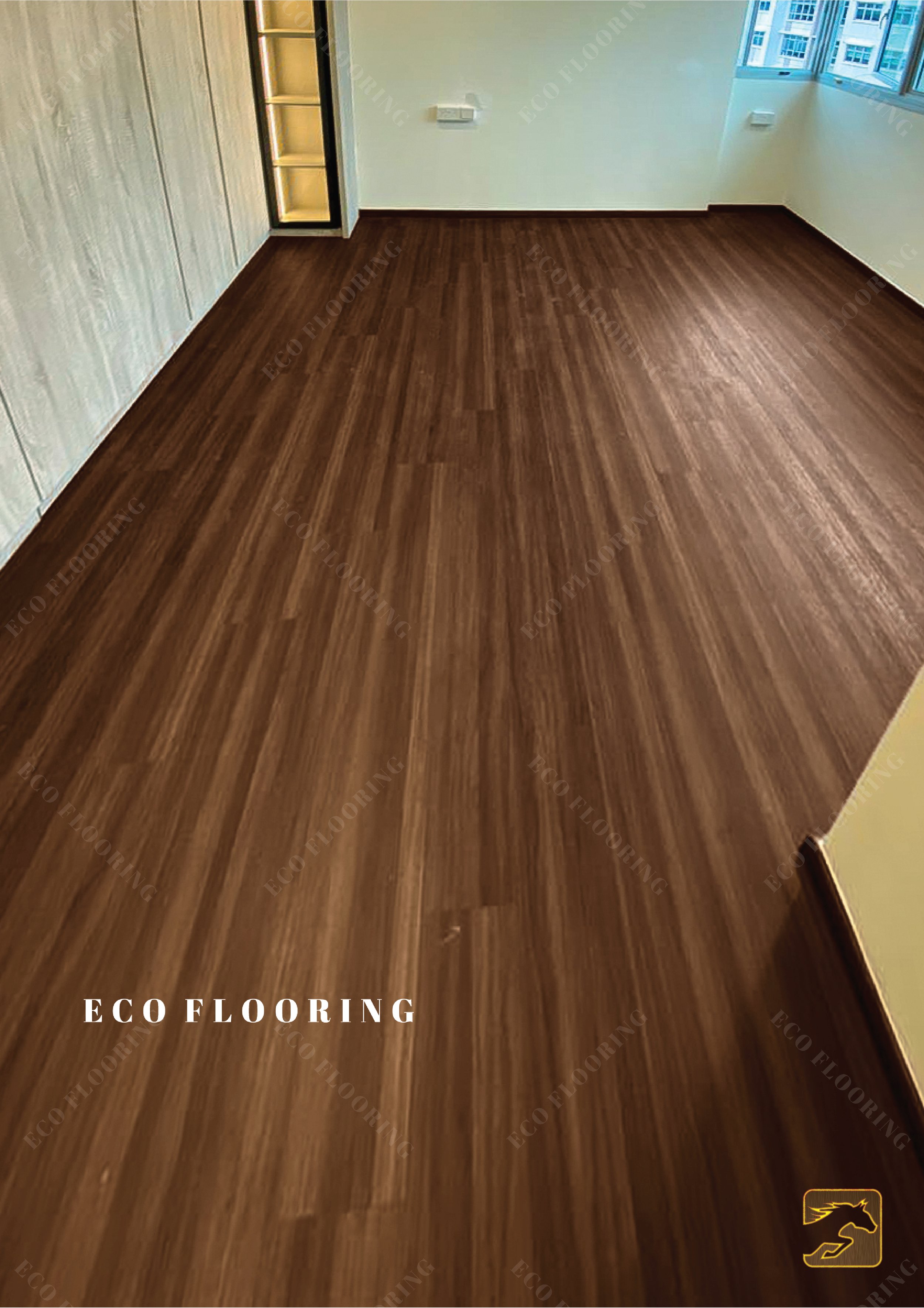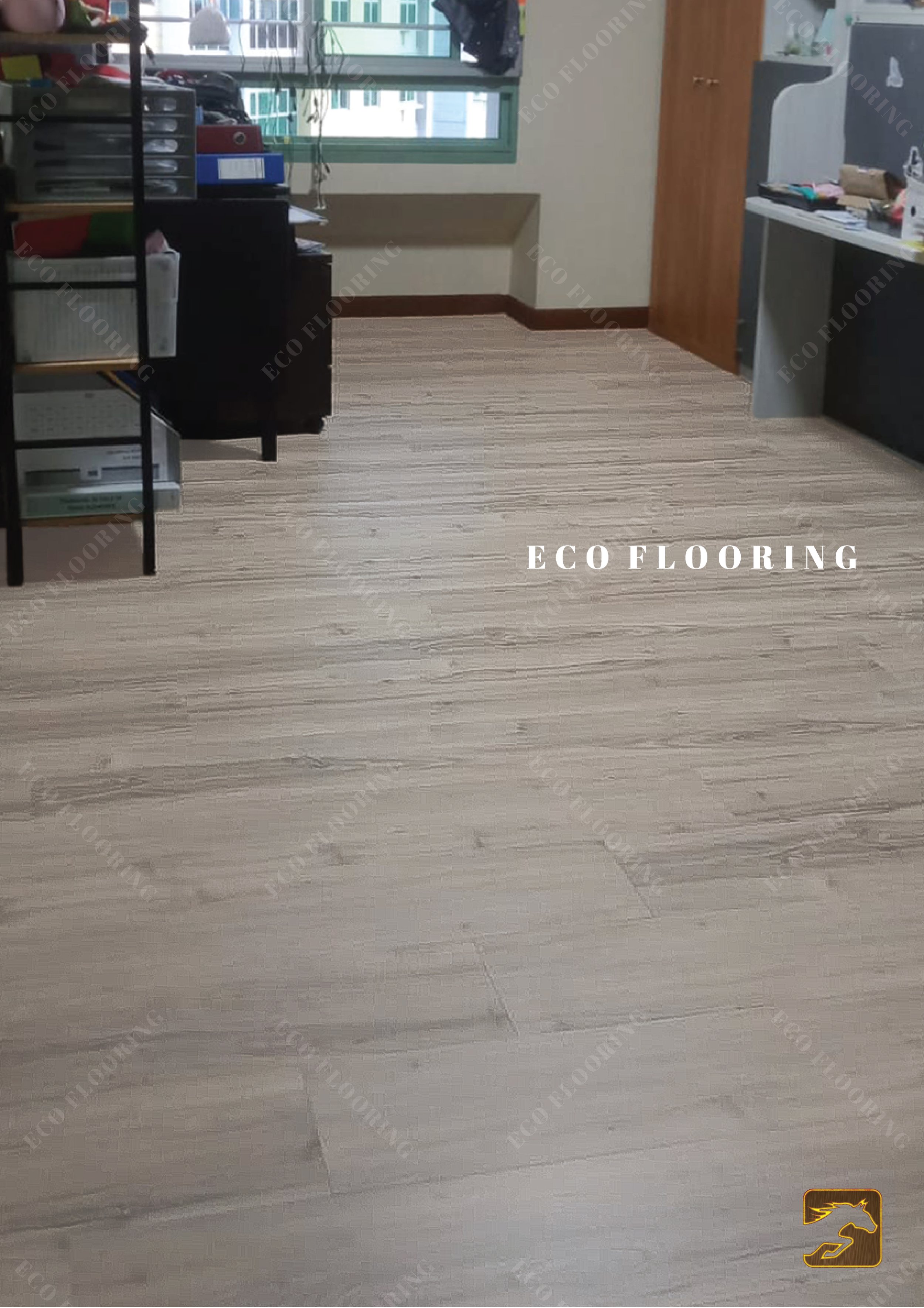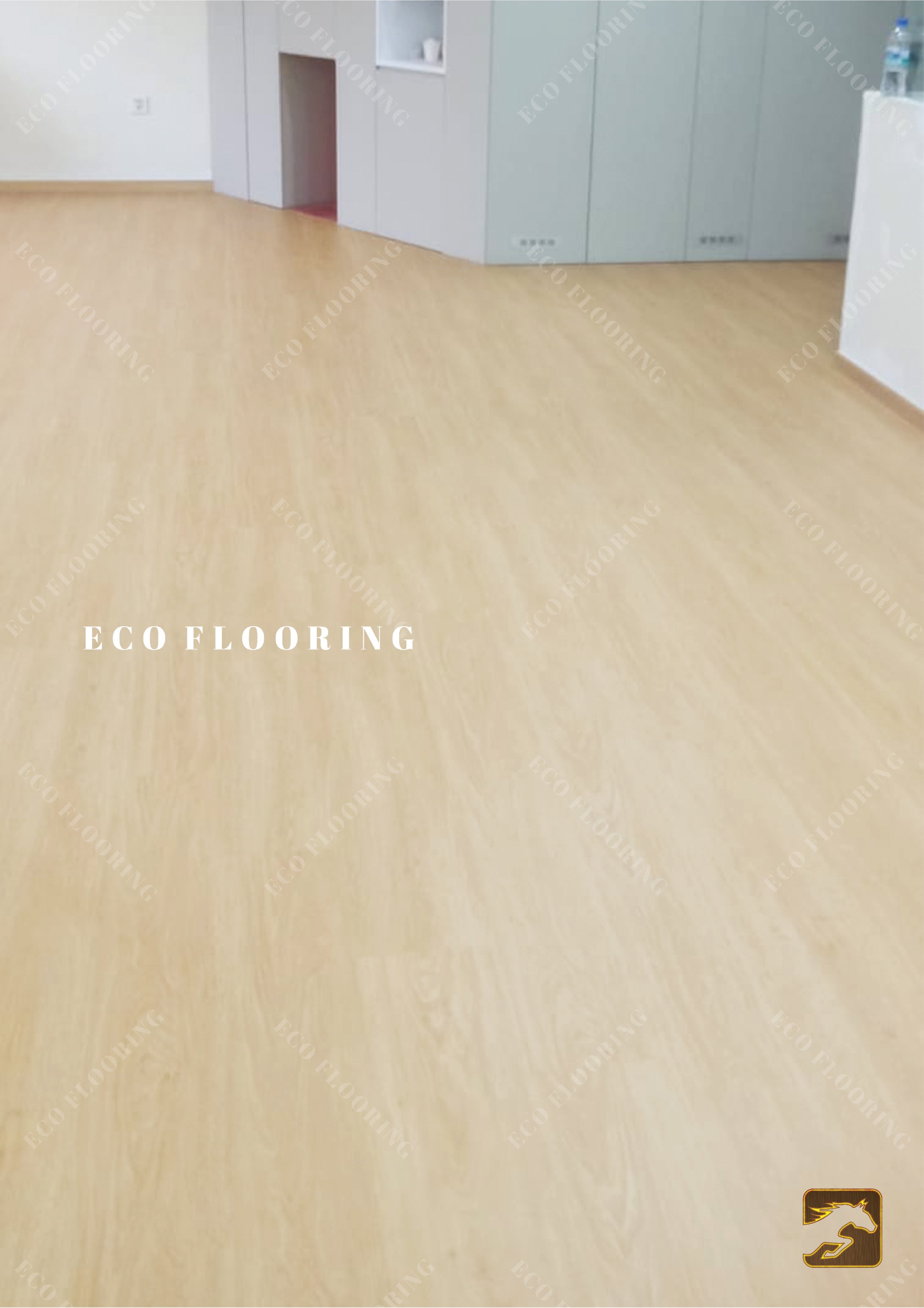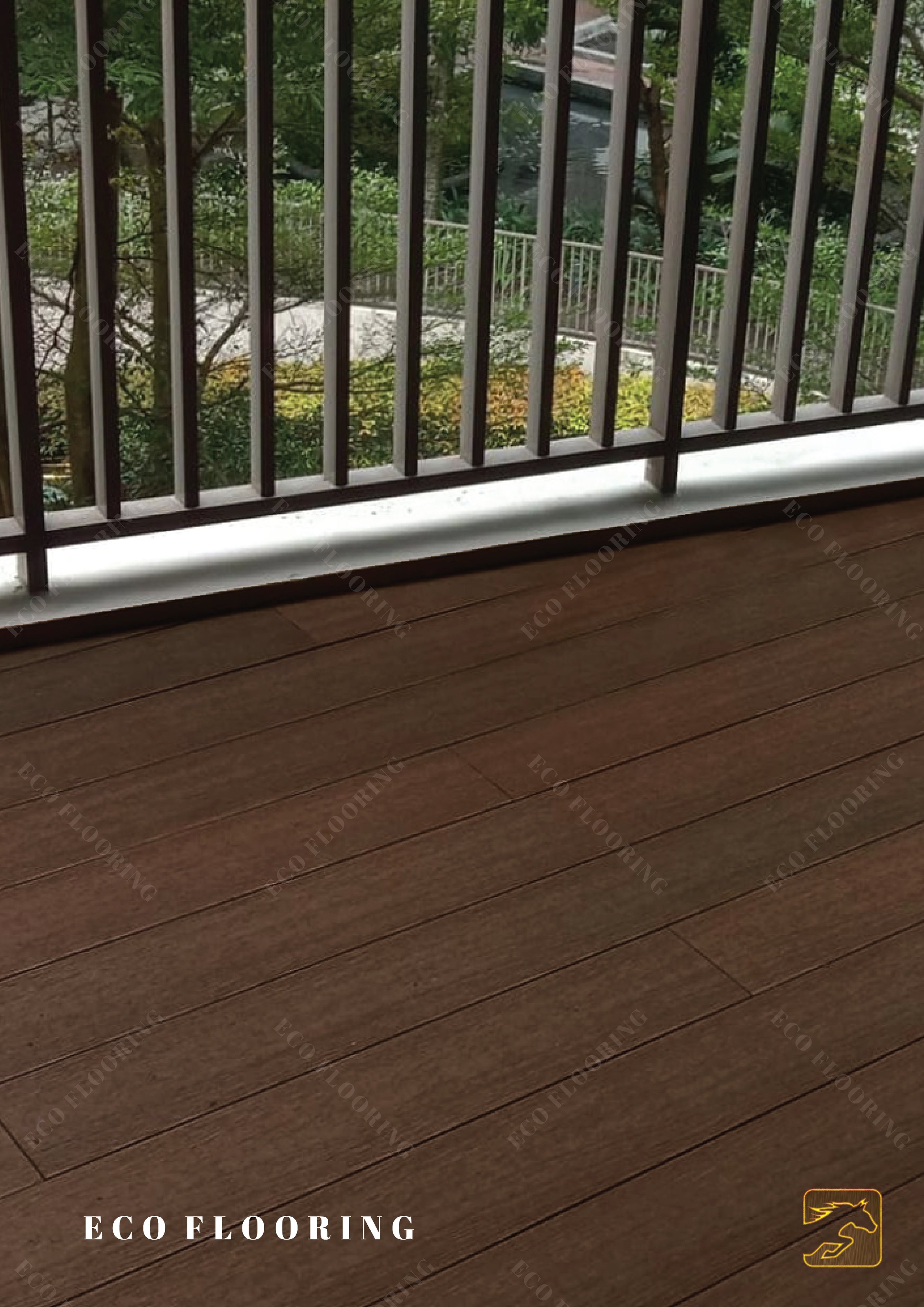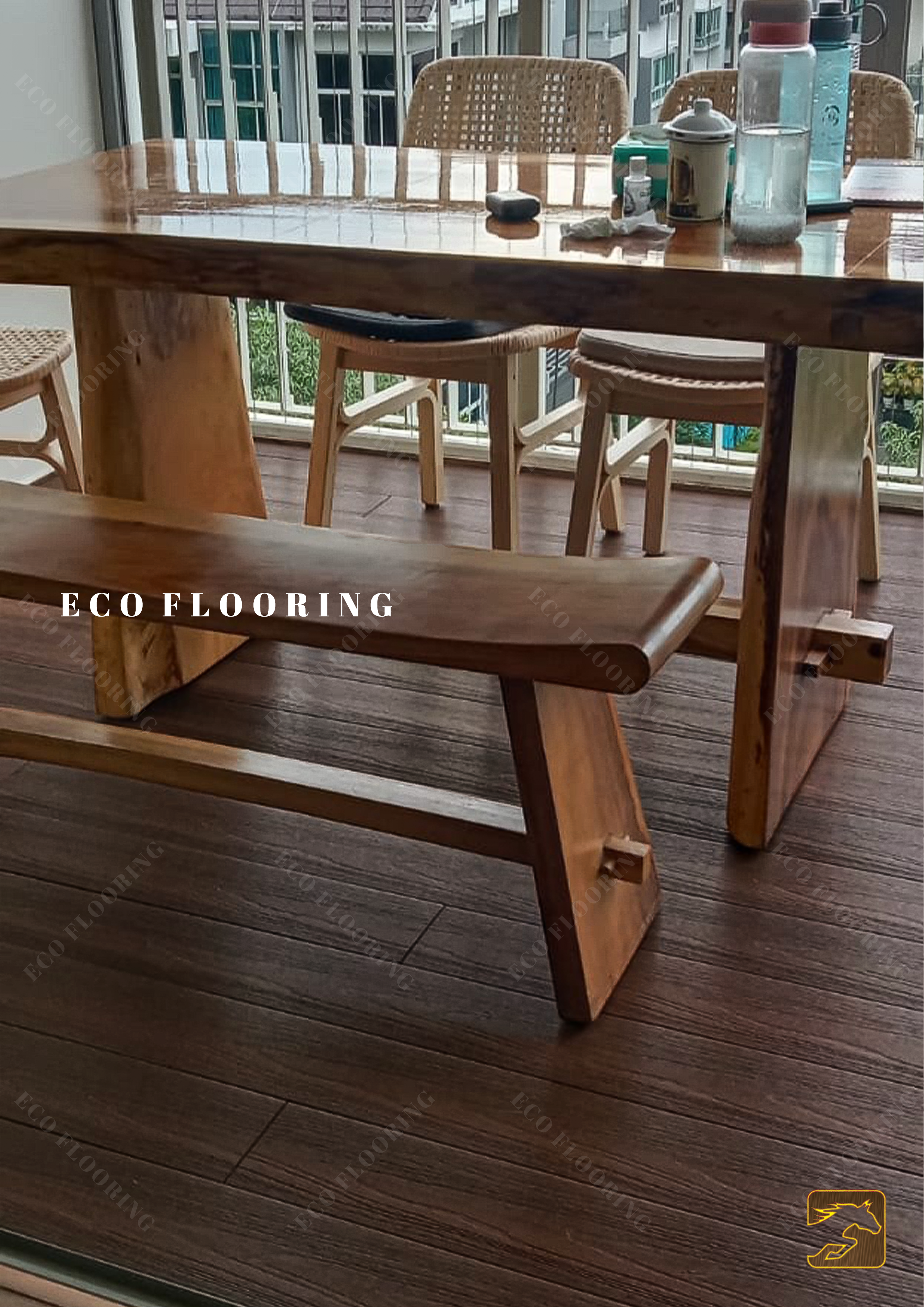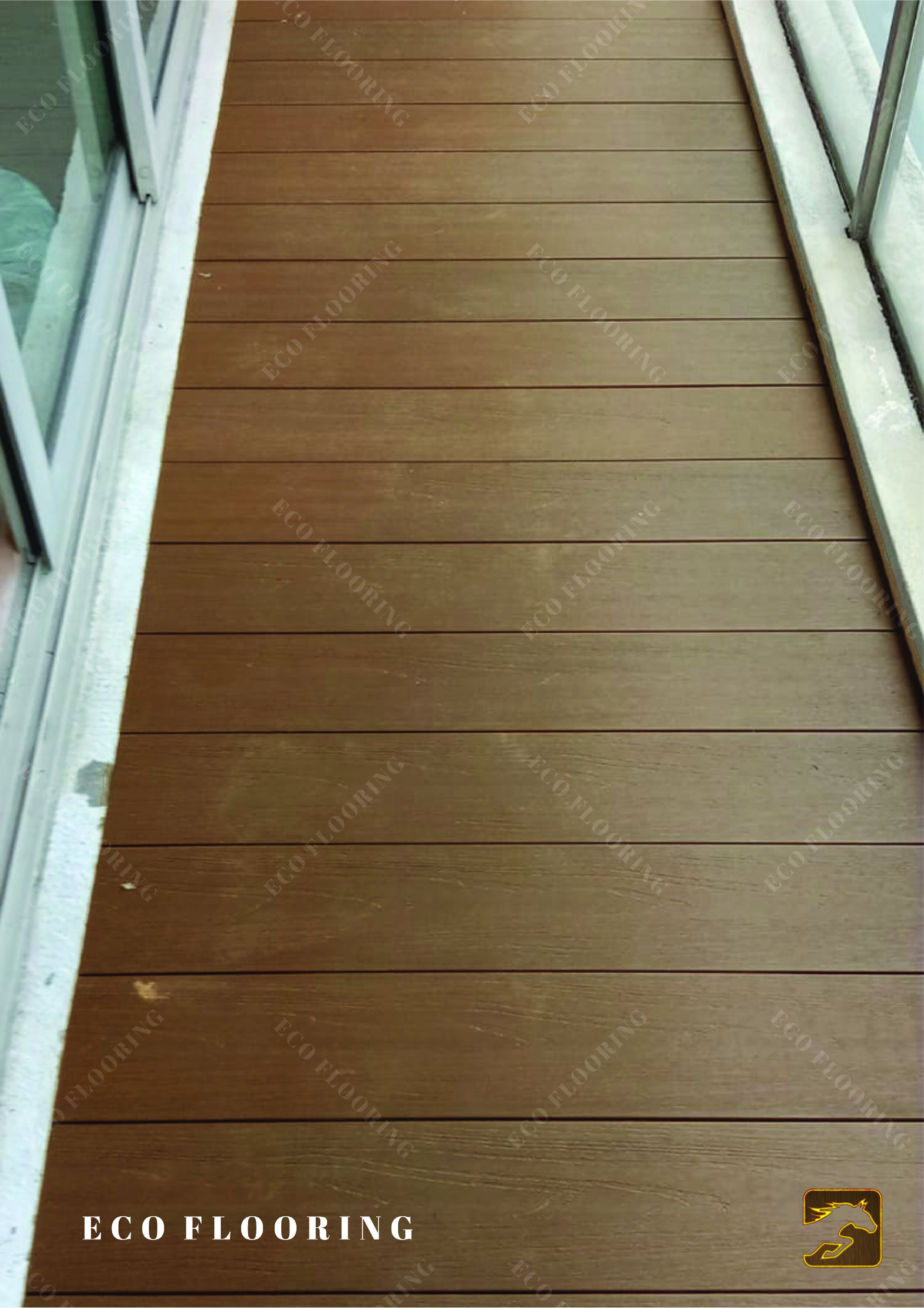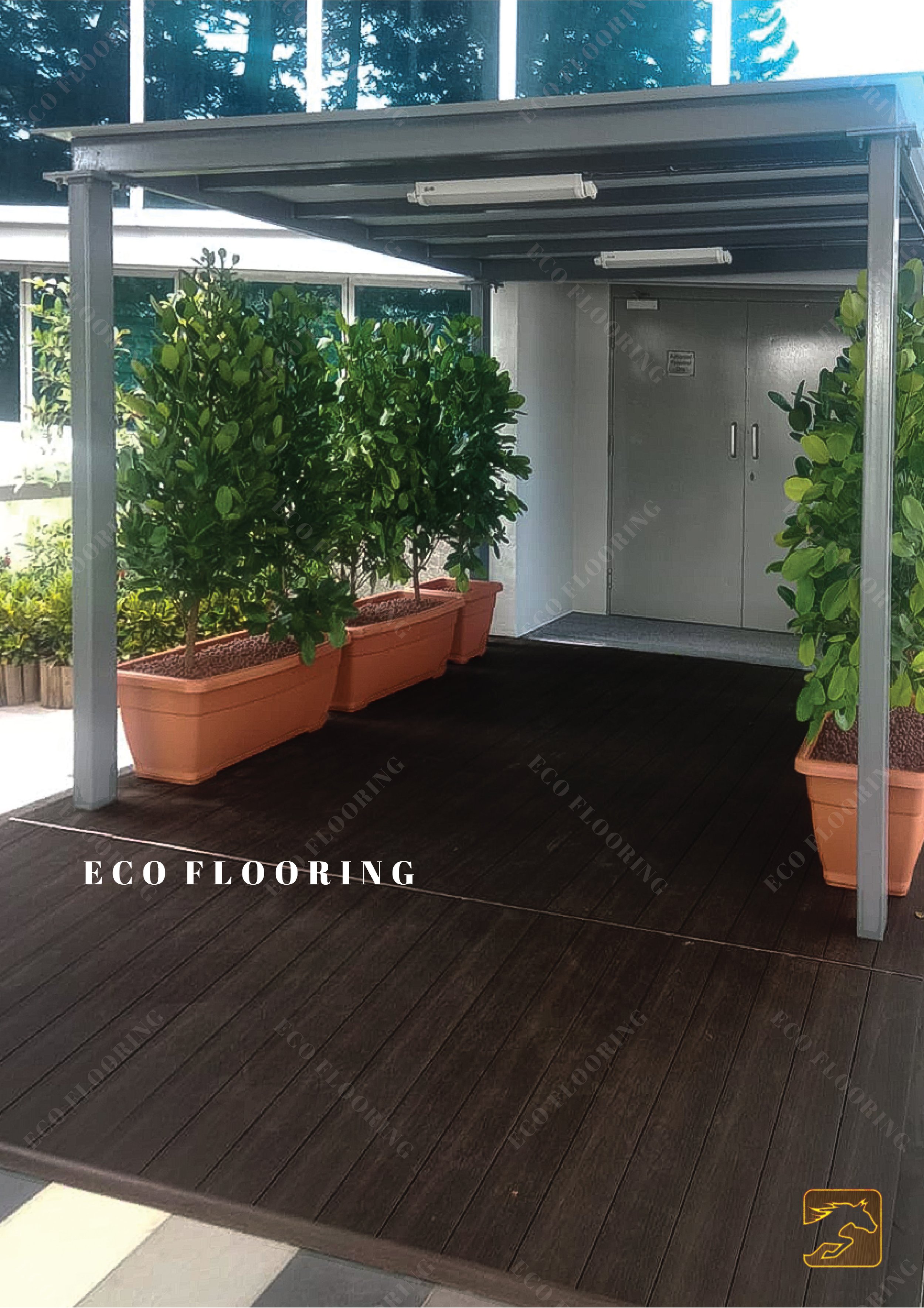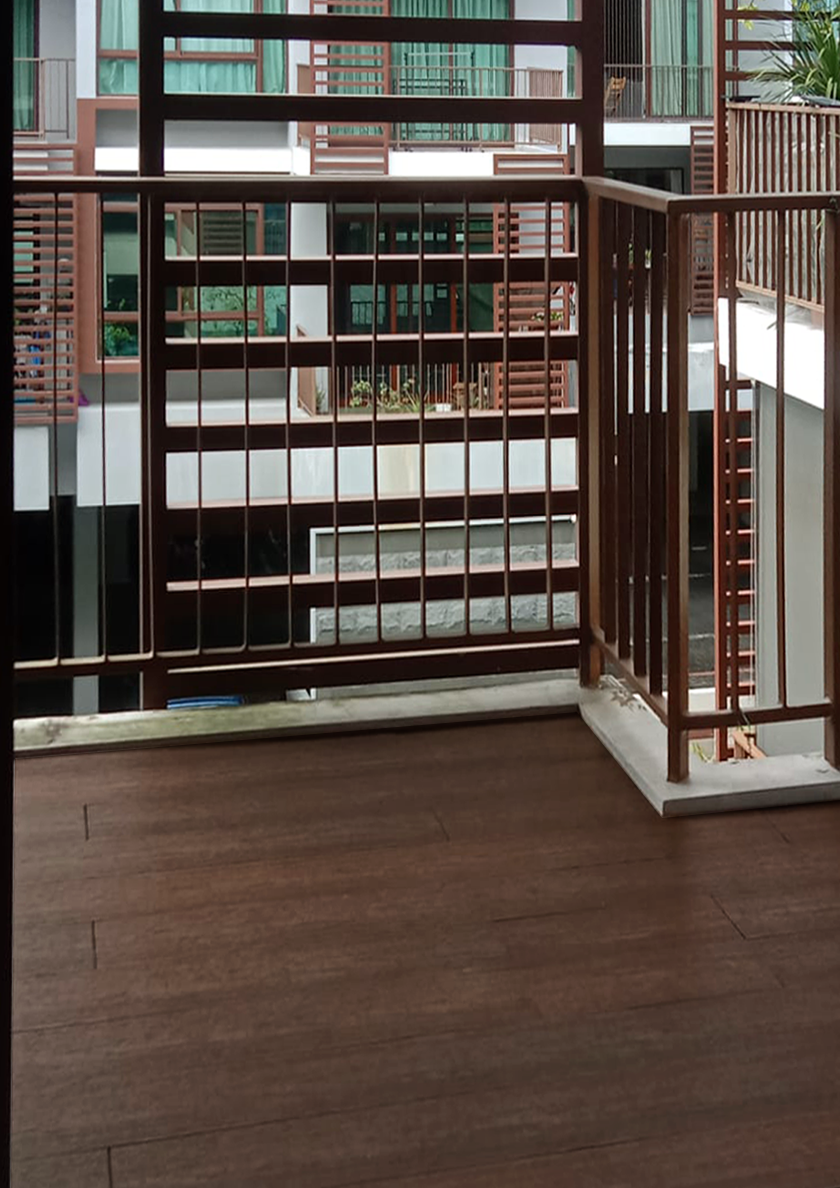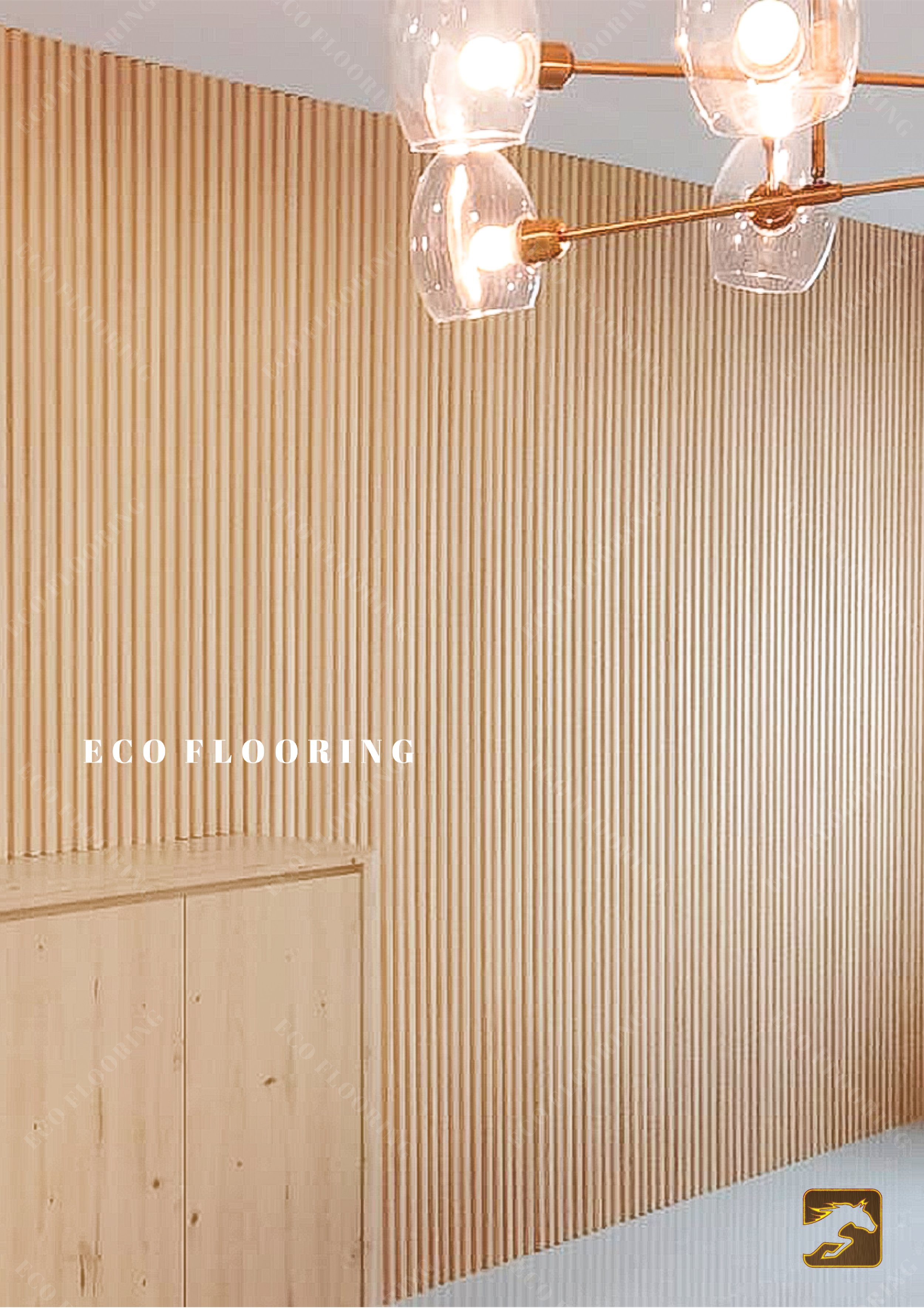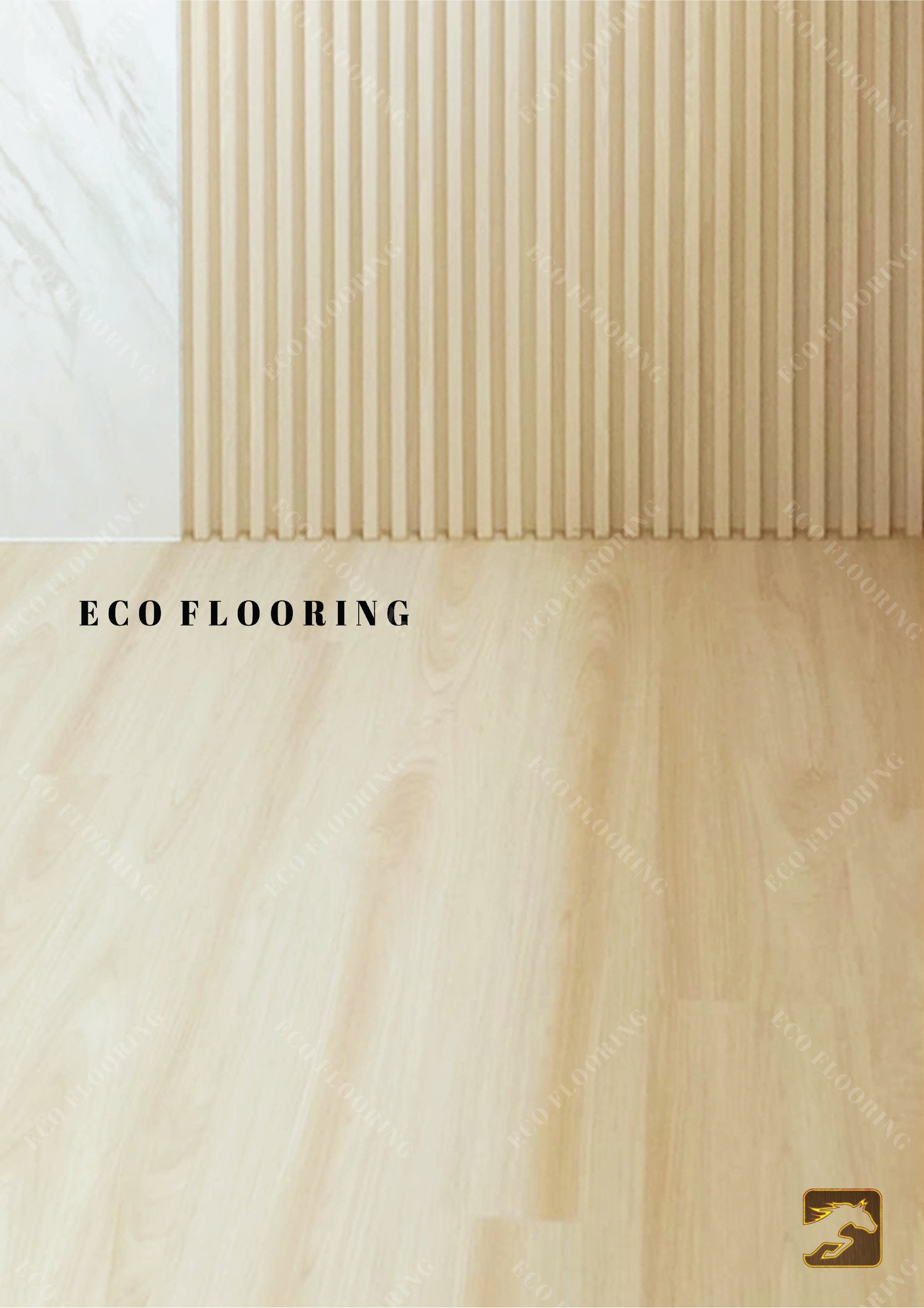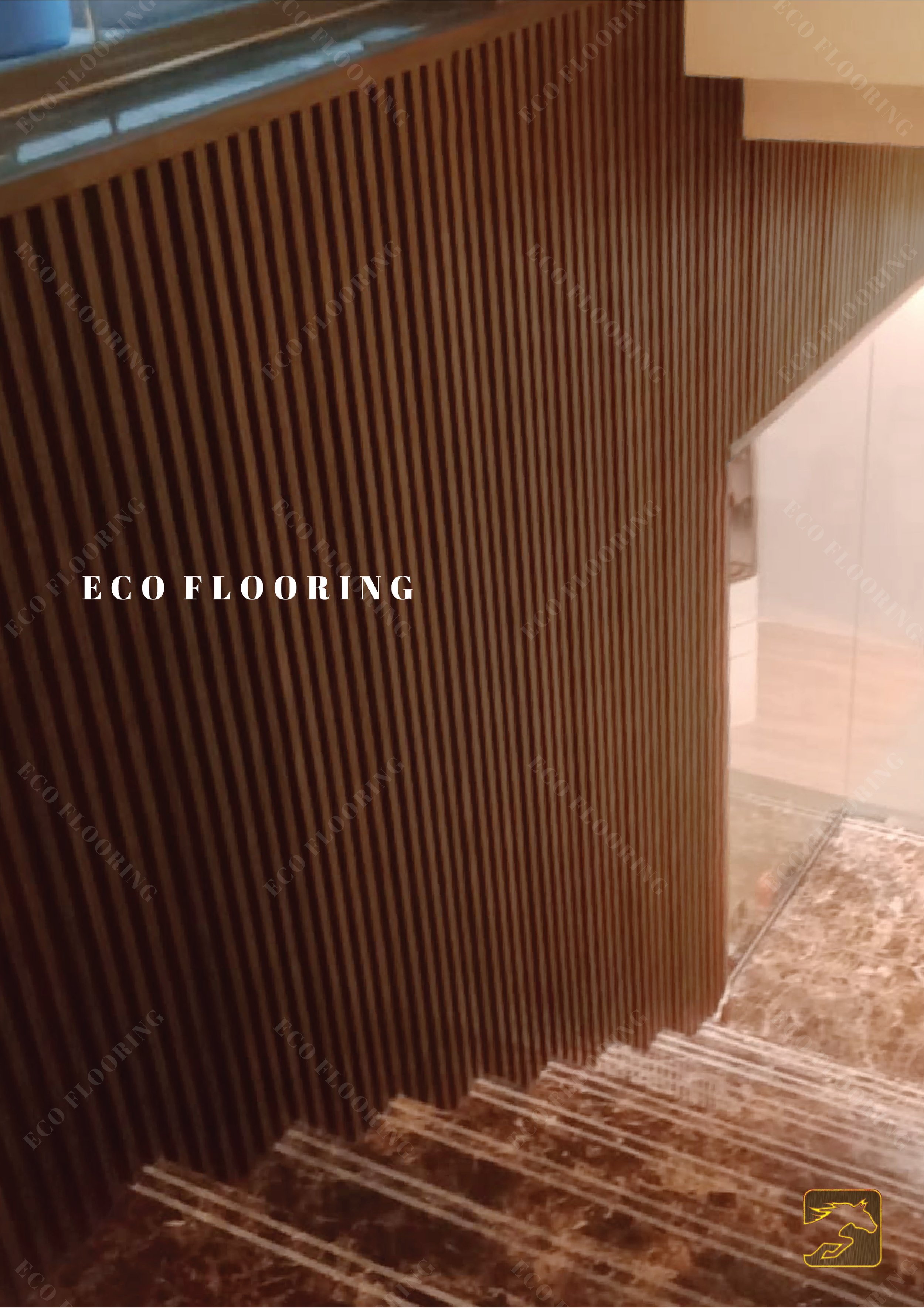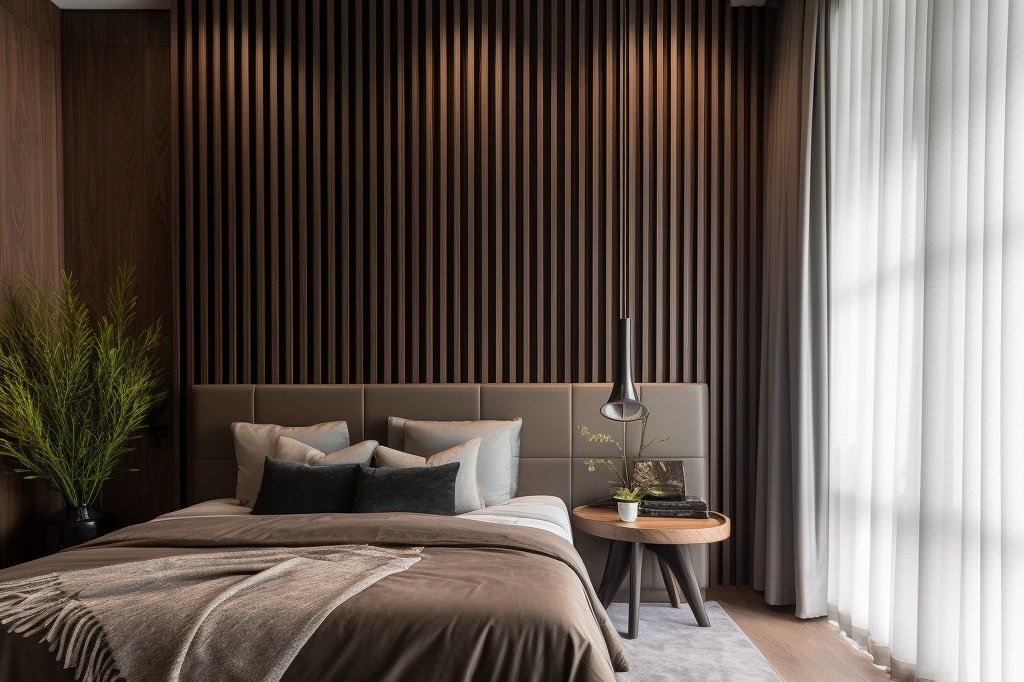When it comes to interior design, flooring plays a pivotal role in setting the tone for a space. Vinyl flooring has emerged as a versatile and innovative option that seamlessly blends aesthetics with practicality. This article delves into the world of vinyl flooring, uncovering how it can be skillfully integrated into various interior design styles to achieve specific looks that captivate and inspire.
Polished marble inspired Vinyl Flooring
1. Modern Minimalism:
In the realm of modern minimalism, clean lines, open spaces, and a clutter-free environment reign supreme. Vinyl flooring with a sleek, monochromatic finish effortlessly complements this design ethos. A polished concrete or marble-effect vinyl flooring exudes an air of understated elegance, perfectly aligning with the minimalist aesthetic.
Vinyl Flooring with obvious wood grain design
2. Rustic Charm:
For those drawn to the warmth of rustic interiors, vinyl flooring offers an intriguing proposition. Wood-effect vinyl, meticulously designed to mimic the texture and tones of real wood, seamlessly integrates into a rustic space. The authenticity of the material adds depth to the design, while the low-maintenance nature of vinyl ensures longevity.
Grey tones Vinyl Flooring
3. Scandinavian Simplicity:
Scandinavian design embraces light, neutral tones, and a sense of comfort. Light-colored vinyl flooring, such as soft grays or pale oaks, acts as a foundation for this style. Its ability to reflect natural light enhances the overall brightness of the space, creating an inviting atmosphere characteristic of Scandinavian interiors.
4. Industrial Fusion:
The industrial style celebrates raw materials and unconventional beauty. Concrete or metallic-patterned vinyl flooring introduces an industrial edge without compromising on comfort. The juxtaposition of vinyl's softness with the ruggedness of industrial elements results in a captivating and balanced design.
5. Classic Elegance:
Vinyl flooring isn't limited to contemporary styles; it effortlessly adapts to classic elegance as well. Intricately patterned vinyl reminiscent of traditional tiles can grace a classic space, adding a touch of vintage charm. The easy installation and maintenance of vinyl offer a practical advantage, allowing the beauty of classic design to shine without the hassle.
Sandy shades of Vinyl Flooring
6. Coastal Serenity:
The coastal aesthetic evokes tranquility and a connection to the sea. Light blue or sandy beige vinyl flooring captures the essence of coastal living. The durable nature of vinyl stands up to sandy feet and humid environments, making it a functional choice for beach-inspired spaces.
In conclusion, vinyl flooring has transcended its utilitarian origins to become a design element that can elevate interior spaces to new heights. Its adaptability to various styles, along with its durability and easy maintenance, make it a versatile choice for designers and homeowners alike. From modern minimalism to coastal charm, vinyl flooring offers a wide spectrum of possibilities, enabling the realization of unique and captivating interior design visions.














